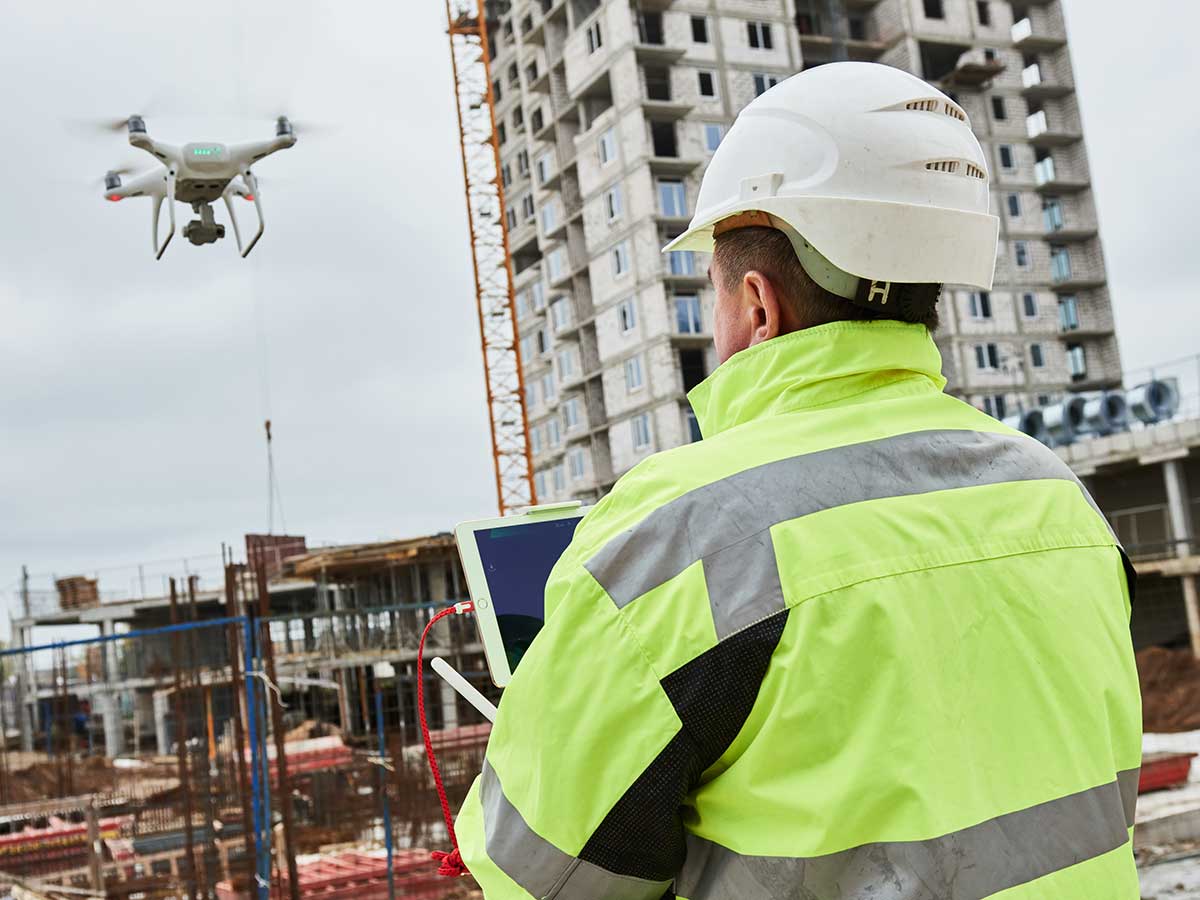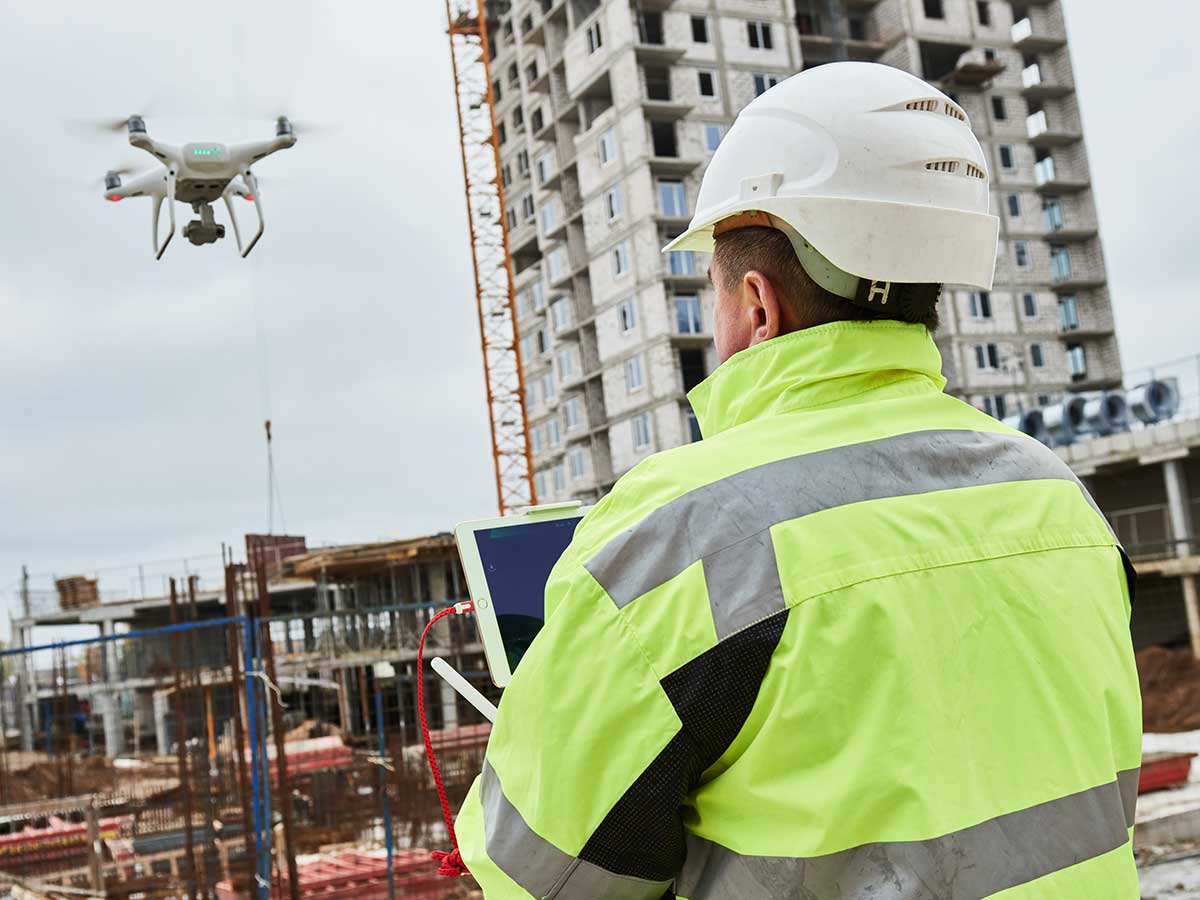
Eye in the sky: How drones are assisting with audits
 Using drones for audits has begun both because the price of drones has dropped and the quality of what they can produce is much higher (Shutterstock/Dmitry Kalinovsky)
Using drones for audits has begun both because the price of drones has dropped and the quality of what they can produce is much higher (Shutterstock/Dmitry Kalinovsky)
As the technology improves, and the rules and regulations become clear, unmanned aerial vehicles (UAVs) are beginning to change how we do business. Drones, as they’re more commonly known, are being utilized in media, agriculture, construction, emergency services, and yes, even accounting.
In January, Big Four firm PricewaterhouseCoopers announced it used drones in its audit of a German energy company in the United Kingdom. While employing drones for audit purposes is relatively new, it’s already been happening here in Canada, says Andrew Morgan, senior manager, assurance services at Ernst & Young (EY).
“We used it just last year for a truck company that we audit,” Morgan said. “They have a number of trucks in their inventory in various yards. So we hired a drone operator to fly over one of the yards and take about 300 photos. They were quite detailed and it allowed us to do a 100 per cent inventory count—it gives us good assurance of the existence of those trucks.”
BENEFITS FOR AUDITING
Morgan understands the advantages drones provide. “There’s an audit quality element to it,” he says. “With the trucking company, you would only get so much assurance counting 25 in person. So being able to count 100 per cent increases the audit quality.”
He says using drones for audits has begun both because the price of drones has dropped and the quality of what they can produce is much higher. Other factors include saving on cost and time. Clients usually have to accompany auditors on inventory counts, Morgan adds. Using a drone means you don’t tie up as much of their time.
“We’ve also used aircraft before on agricultural audits,” he adds. “But helicopters cost a lot more than drones.”
Using drones also opens up new ways of removing risks. “Just think of a drone as a flying tripod,” says Sean Greenwood, president of Canadian UAVs. “It can fly long durations and control itself in regard to wind gusts and holding the camera at a certain elevation. And it can do traditionally unsafe work, enabling inspections that might have been done with a guy on a crane.”
Morgan says that while they haven’t yet used them this way, he can imagine using drones to inspect wires and equipment that’s much higher up—places more difficult to access.
OPERATING DRONES AT YOUR COMPANY
On June 1, 2019, Canada is introducing new rules regarding legally flying drones. Transport Canada considers the vehicles to be aircrafts—and that makes the controller a pilot. There’s a basic operations license that includes an examination, and an advanced operations license, which also includes a flight test and allows pilots to fly in controlled airspace and over bystanders.
Morgan, who says he has a personal interest in drones and even has three of his own, recently completed the examination for the basic license. He hopes to eventually pilot a drone for EY, bringing some of that work in-house.
But before organizations begin investing in their own fleet of drones, Greenwood suggests it’s still a job better outsourced.
“People think they buy a drone for $500 and that’s the end of it,” he says. “The reality is the drone is the cheapest part. You’ve got maintenance procures, training procedures and then all the data that comes out of the drone has to be managed in a certain way.
And as UAV operators grow, Greenwood adds, the cost per metre inspection is going to fall off a cliff, meaning comprehensive audits will soon be more efficient than ever.
THE CHANGING WORLD OF AUDITING
Download the report, Audit & Assurance in the Future, to gain deeper insight into technology’s impact on auditing and the skillsets auditors will need going forward.